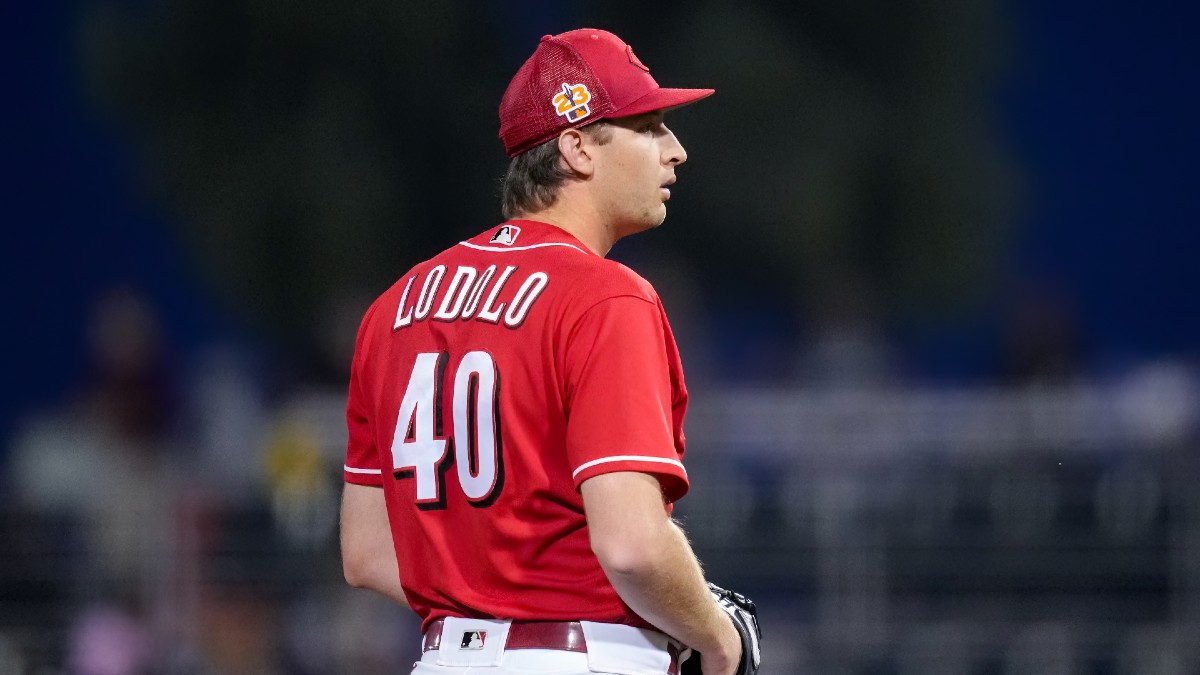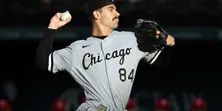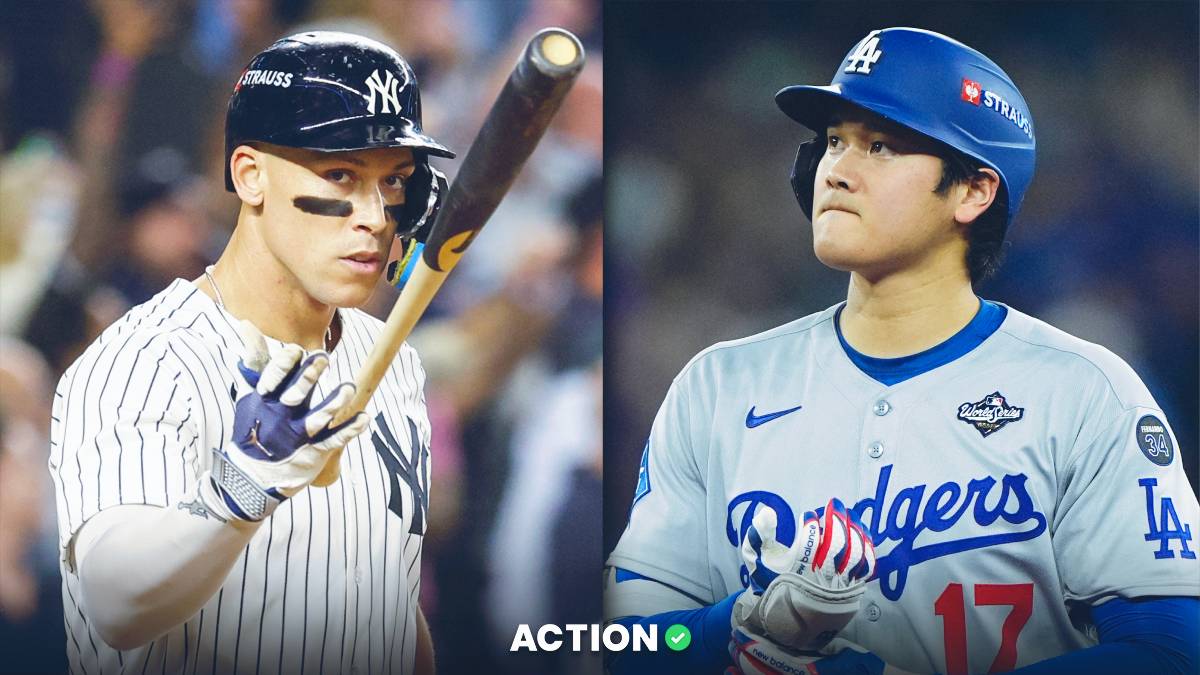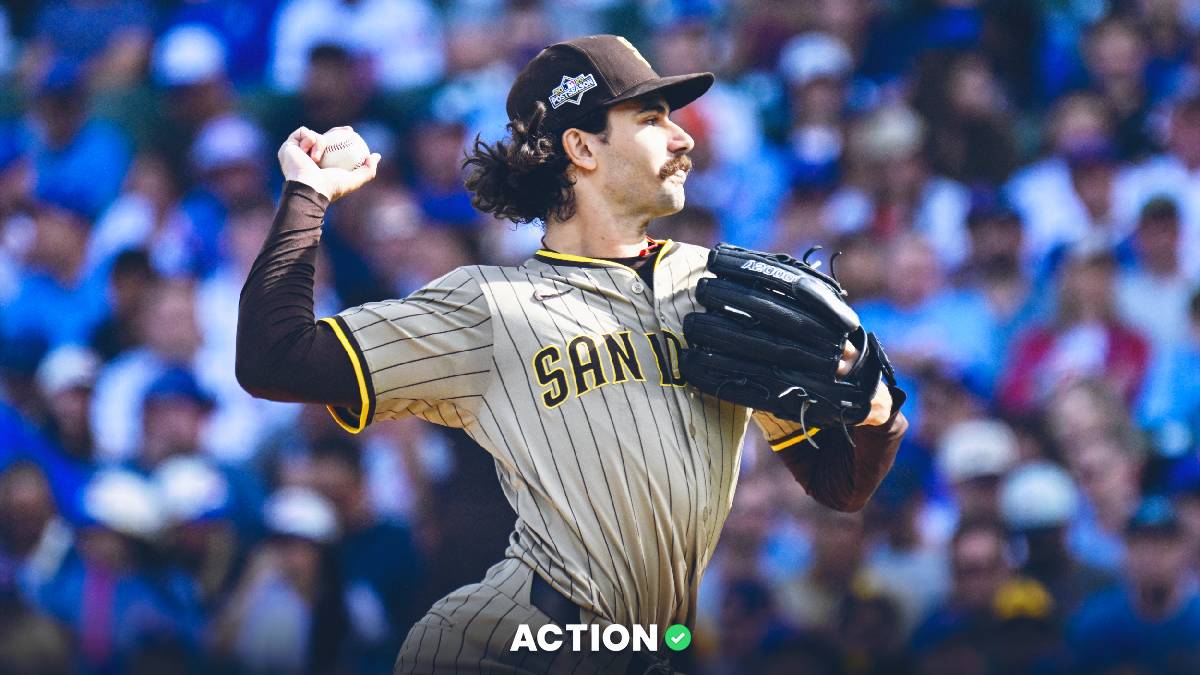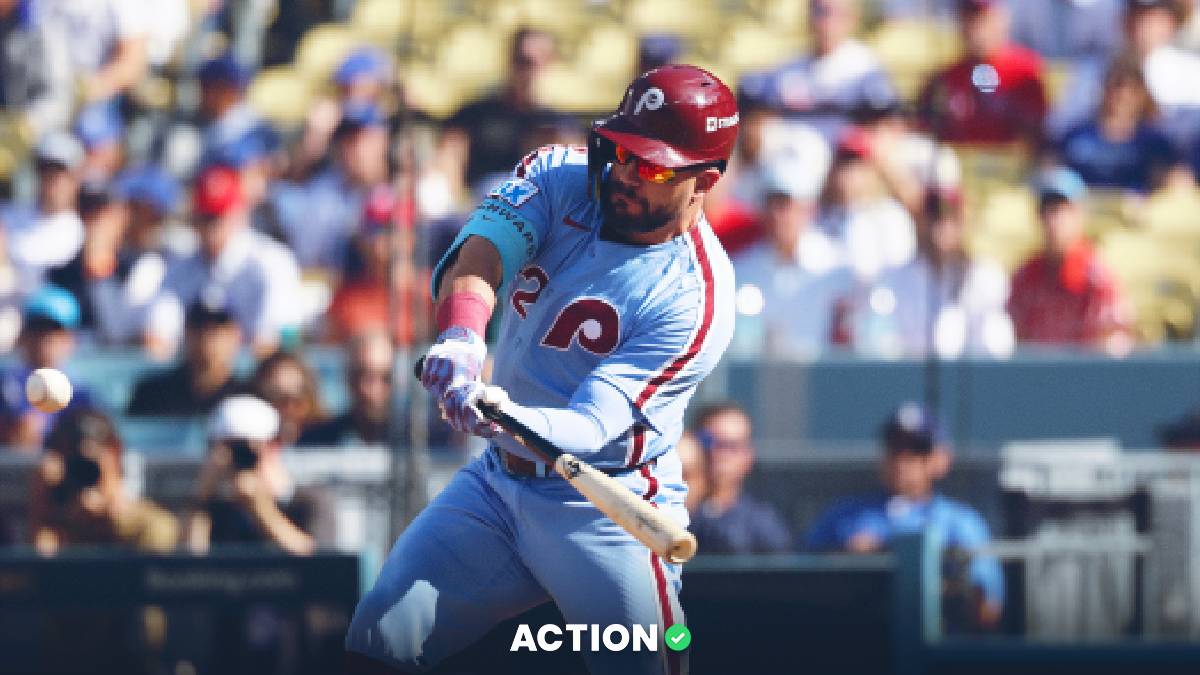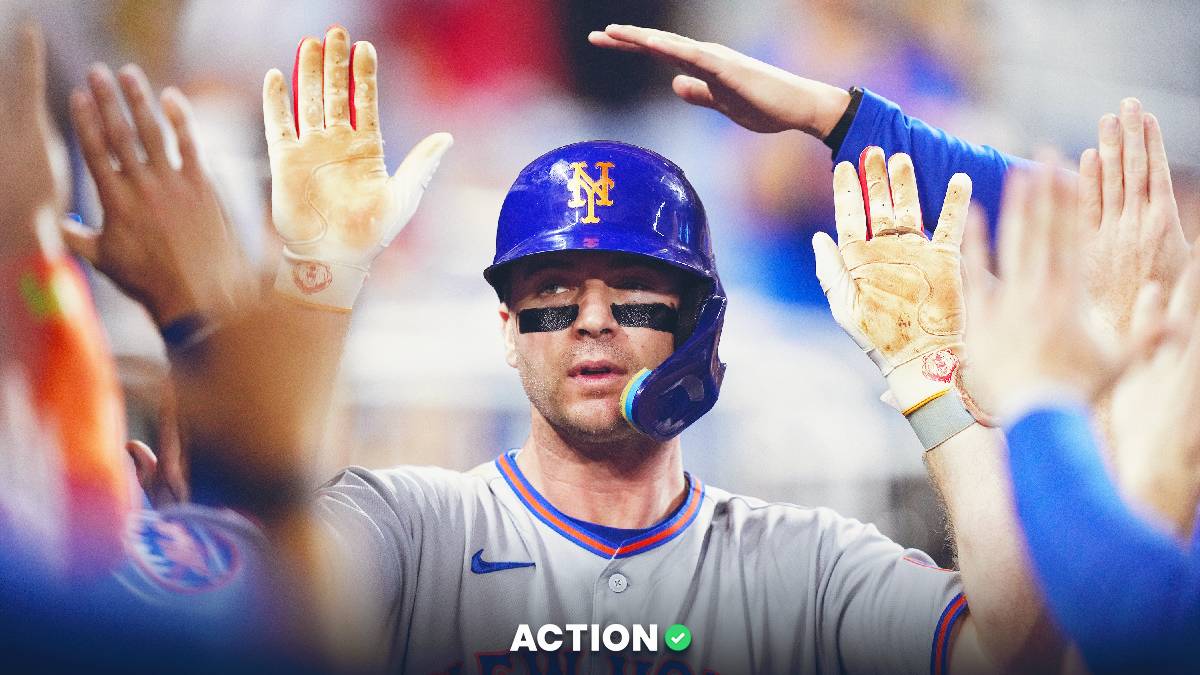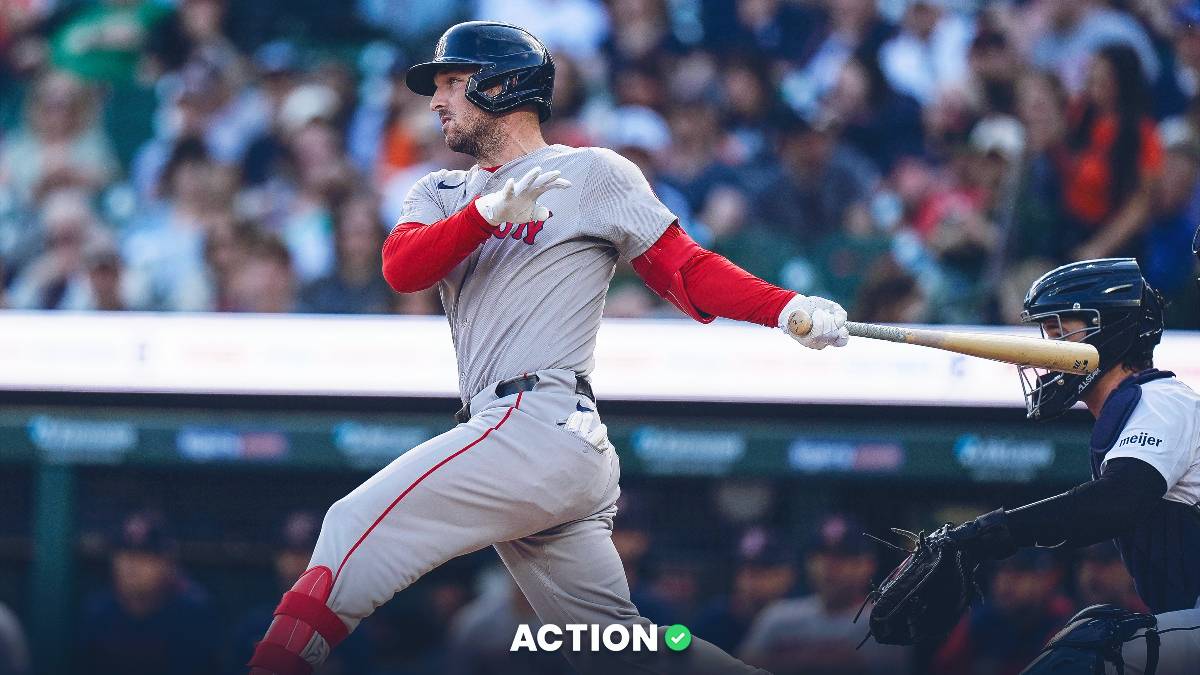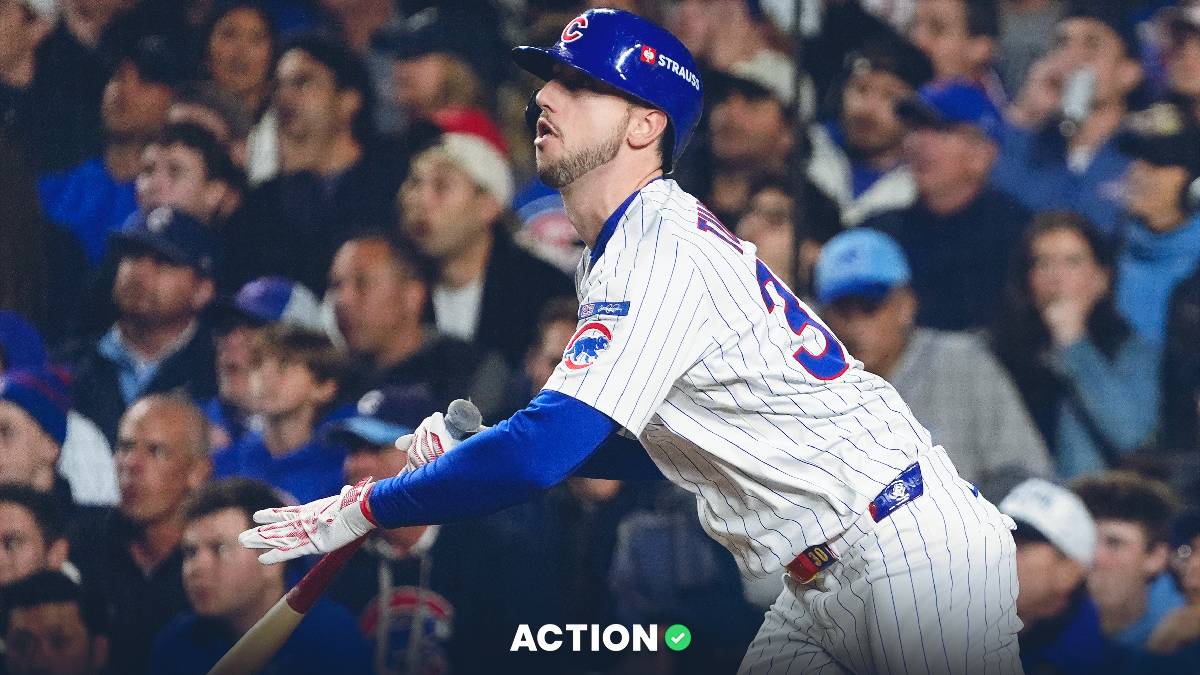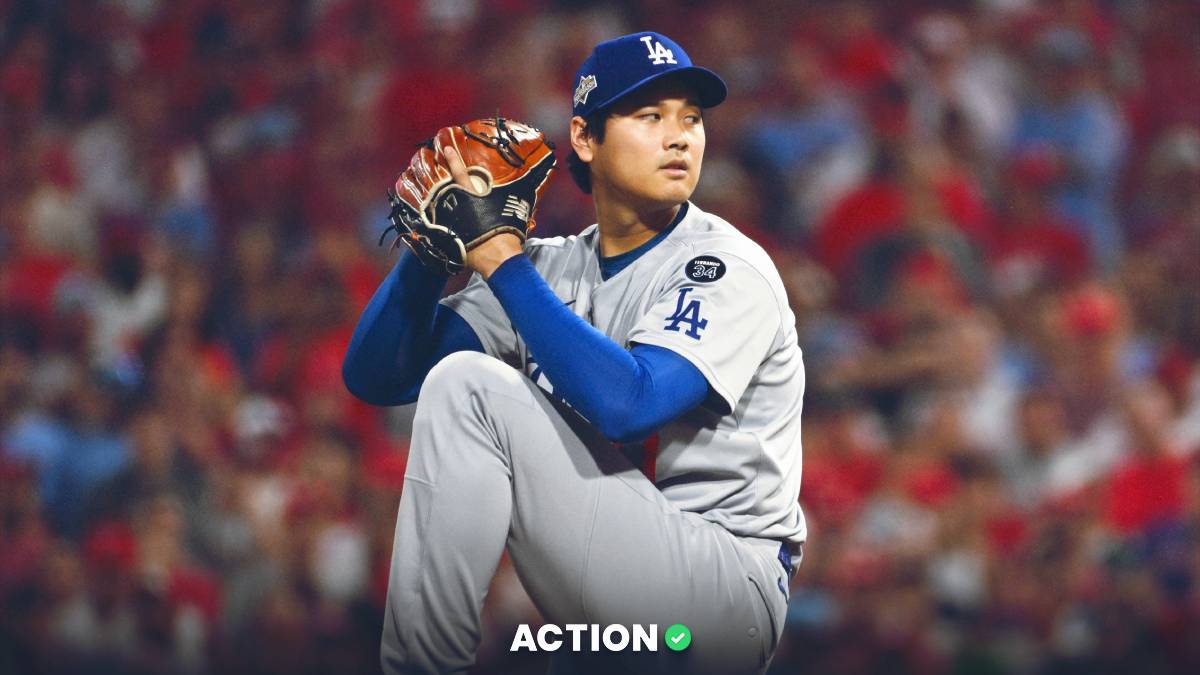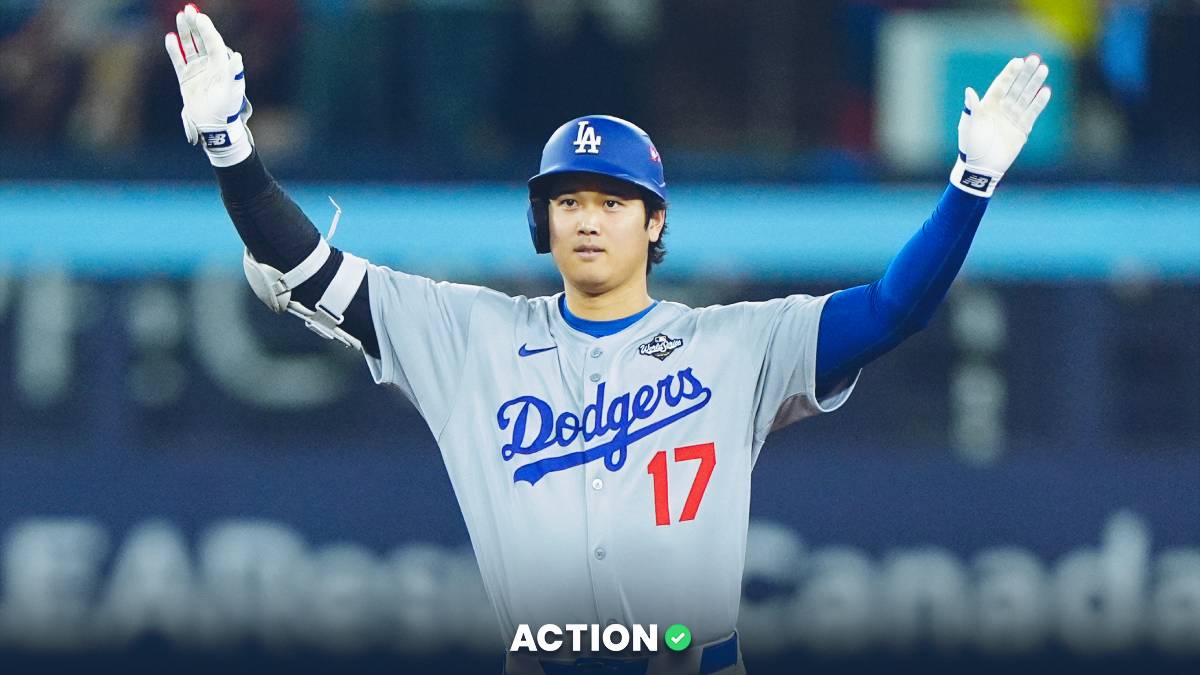Thursday is a relatively quiet day in baseball, with plenty of teams getting the day off as they travel for their weekend series.
We only have seven games today, two of which feature starting pitchers without enough MLB innings logged to feel comfortable including in my model.
Still, we were able to find value in two spots, including a single-team option — plus one other game without lines posted that could potentially be worth playing.
The Model
The process is relatively simple. First, I start by assuming that the full game (implied) run totals for either team are roughly efficient. As mentioned above, that tends to be the case more often than not. This saves me the trouble of trying to predict the total runs scored in the game — and allows me to focus strictly on the "when" rather than "how many."
Next, I built a database of pitchers performance the first time through the order, relative to their overall stats. Since the latter is presumably baked into the full game total, I wanted to figure out if those runs are more likely to come early or late. Most — but not all — MLB starters do somewhat better early in games, but with some variance in just how much. The model uses xFIP (expected Fielding Independent Pitching) as the ERA predictor of choice.
That's only half of the equation, though, with the offenses making up the other half. To do this, I looked at what percentage of a team's total runs is produced by the top three batters in the lineup. While a first inning run scored, by definition, needs at least four hitters to come to the plate, one of the first three has to actually score it. The metric of choice here is wRC+, based on the projected lineup for the day from each team.
This is a bit of a tradeoff, as lineups (and run totals) can shift throughout the day, especially if significant contributors miss time. However, in my experience the inefficiency of the morning lines more than makes up for the leakage in the model. With that said, exercise caution if, say, Mike Trout is listed as questionable for the nights game.
The Picks
With all of the picks below, I'll include the pick, the best line and the threshold I'd bet it to. These will go up in the morning, so if any major news breaks between publishing and when you read it, be sure to consider that.
Infrequently, rather than betting on the traditional YRFI/NRFI, the pick will be on one team or the other specifically to score a run, which as of this writing is only a betting option at DraftKings. Since the model handles each team individually, sometimes one team is projecting for a greater proportion of the "run equity" in the first inning than the betting lines are accounting for.
NRFI Odds, Picks for Thursday, April 13
Oakland Athletics vs. Baltimore Orioles (YRFI): Most of the scoring equity is on the Orioles side, as the top of their order is disproportionately productive. A's starter Adam Oller has also been worse his first time through the order — albeit in a limited big league sample size of 84 innings. The Orioles specifically to score in the first at +170 (DraftKings) is a slightly better bet from an EV standpoint, but fairly fragile given the lack of data on Oller.
Philadelphia Phillies vs. Cincinnati Reds (NRFI): Starters Bailey Falter and Nick Lodolo both have strong first time through the order stats. This is a value based on both teams' usual starting lineups, but there's also a reasonable chance one of the Phillies (who account for the bulk of the implied scoring) top three gets the day off. Likely Kyle Schwarber, who's played nine days straight and has a lefty-on-lefty matchup.
San Diego Padres vs. Milwaukee Brewers (NRFI): I have this one at roughly 45% to score a run in the first inning, based on two starters (Bryse Wilson is likely for Milwaukee, but unofficial at time of publication) with reasonable splits the first time through the order. Books haven't posted first inning lines yet, but I'd take the NRFI down to -110 (but would prefer more, as that's about a three percent edge) and the YRFI at +130 or higher.


